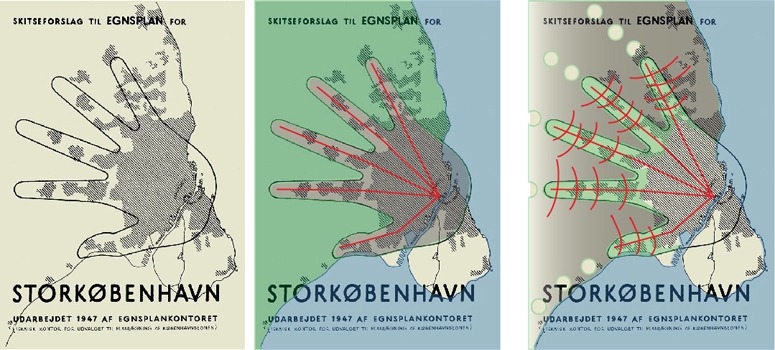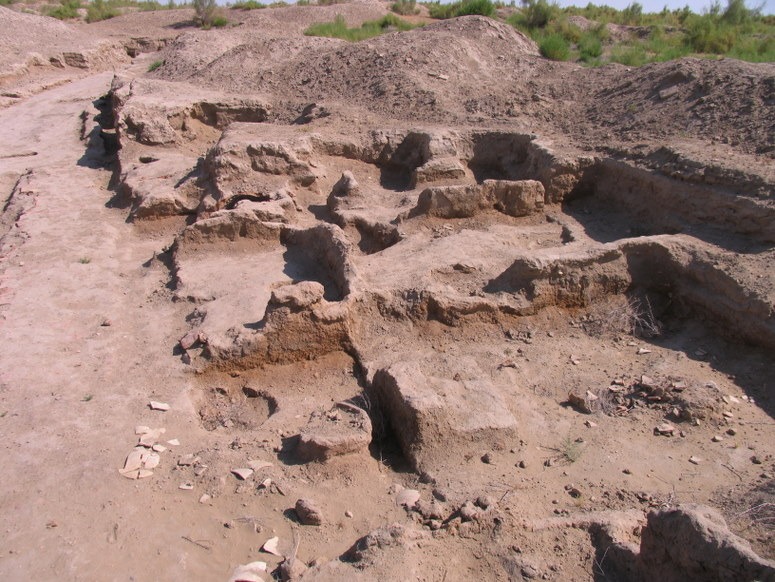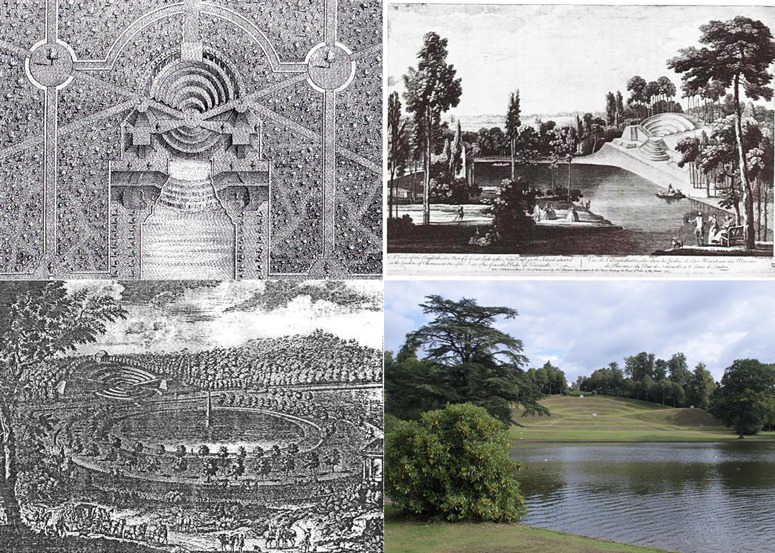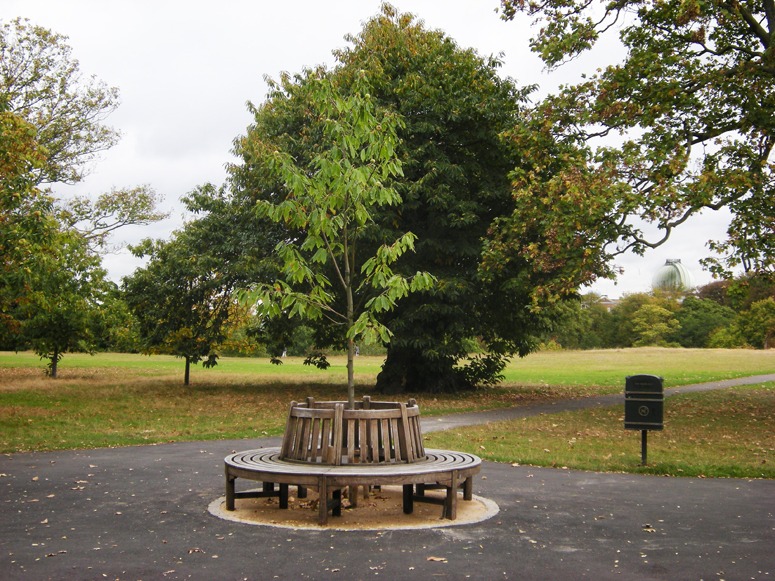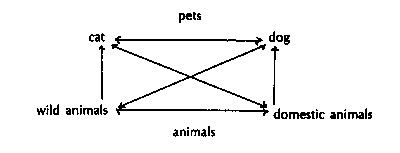 George Hargreaves gave the first Geoffrey Jellicoe lecture to the Landscape Institute yesterday and, in truth, there was something of Jellicoe’s style about it. He began with a terse proposition and then mused through a large set of images. Hargreaves proposition was that the design of public open space takes place around three poles: Site, Sustainability and Memorability. He took us though a portfolio of former projects, so many in fact that common features became obvious: a stylized geometry (which reminded me of Alphand) but projected as sculpture into three dimensions. This worked well on occcasion but, so far as I could see had nothing to do with Site, Sustainability or Memorability. Thinking about the 2012 London Olympics, the first questioner made the point I raised on this webpage when the site was chosen and made again more recently: ‘what about the existing site and its memorability?’ ‘Ha’, said George, ‘we did not concentrate on Memorability for the 2012 Olympic Park. We did not try to keep industrial artifacts because the site was going to have too much traffic’.
George Hargreaves gave the first Geoffrey Jellicoe lecture to the Landscape Institute yesterday and, in truth, there was something of Jellicoe’s style about it. He began with a terse proposition and then mused through a large set of images. Hargreaves proposition was that the design of public open space takes place around three poles: Site, Sustainability and Memorability. He took us though a portfolio of former projects, so many in fact that common features became obvious: a stylized geometry (which reminded me of Alphand) but projected as sculpture into three dimensions. This worked well on occcasion but, so far as I could see had nothing to do with Site, Sustainability or Memorability. Thinking about the 2012 London Olympics, the first questioner made the point I raised on this webpage when the site was chosen and made again more recently: ‘what about the existing site and its memorability?’ ‘Ha’, said George, ‘we did not concentrate on Memorability for the 2012 Olympic Park. We did not try to keep industrial artifacts because the site was going to have too much traffic’.
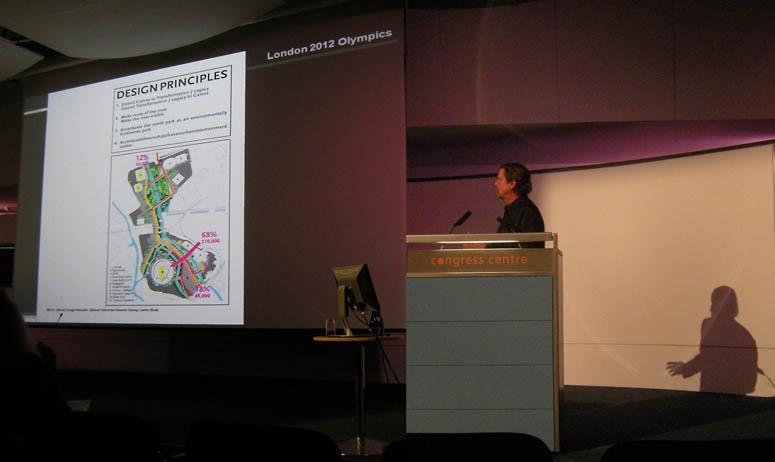
Note George Hargreaves' shadow, on the left - is he reaching for something? Could it be a design theory?
So let us turn to the slide which shows the ‘Design Principles’ for the 2012 Olympic Park. They are:
1. Extend Games to Transformation/Legacy
Extend Transformation/Legacy to Games
2. Make more of the river
Make the river visible
3. Accentuate the north park as an environmentally biodiverse park
4. Accentuate the south park as an urban entertainment centre
The principles are fine – but I would call these ‘Planning Principles’ and use ‘Design Principles’ when including the aesthetic aspect of the scheme. If Hargreaves gave an explanation of the park’s aesthetic and artistic principles, I missed it. Most probably they are built into his psyche and therefore appear to need no explanation. As a design historian, I would explain it as geometrically Constructivist and thus a compatriot of Abstract Art. It is the curvilinear component of the Abstract Style Diagram.
As Tom Lehrer might have put it:
Who made me the genius I am today,
The mathematician that others all quote,
Who’s the professor that made me that way?
The greatest that ever got chalk on his coat.
One man deserves the credit,
One man deserves the blame,
And Kazimir Severinovich Malevich is his name.
Hi!
Hargreaves was also questioned about the differences between his landscape master plans for the Sydney Olympics and the London Olympics. He explained: ‘they are completely different – at Sydney the river was on the edge of the site and in London it is in the middle’. Site is obviously an important consideration.

